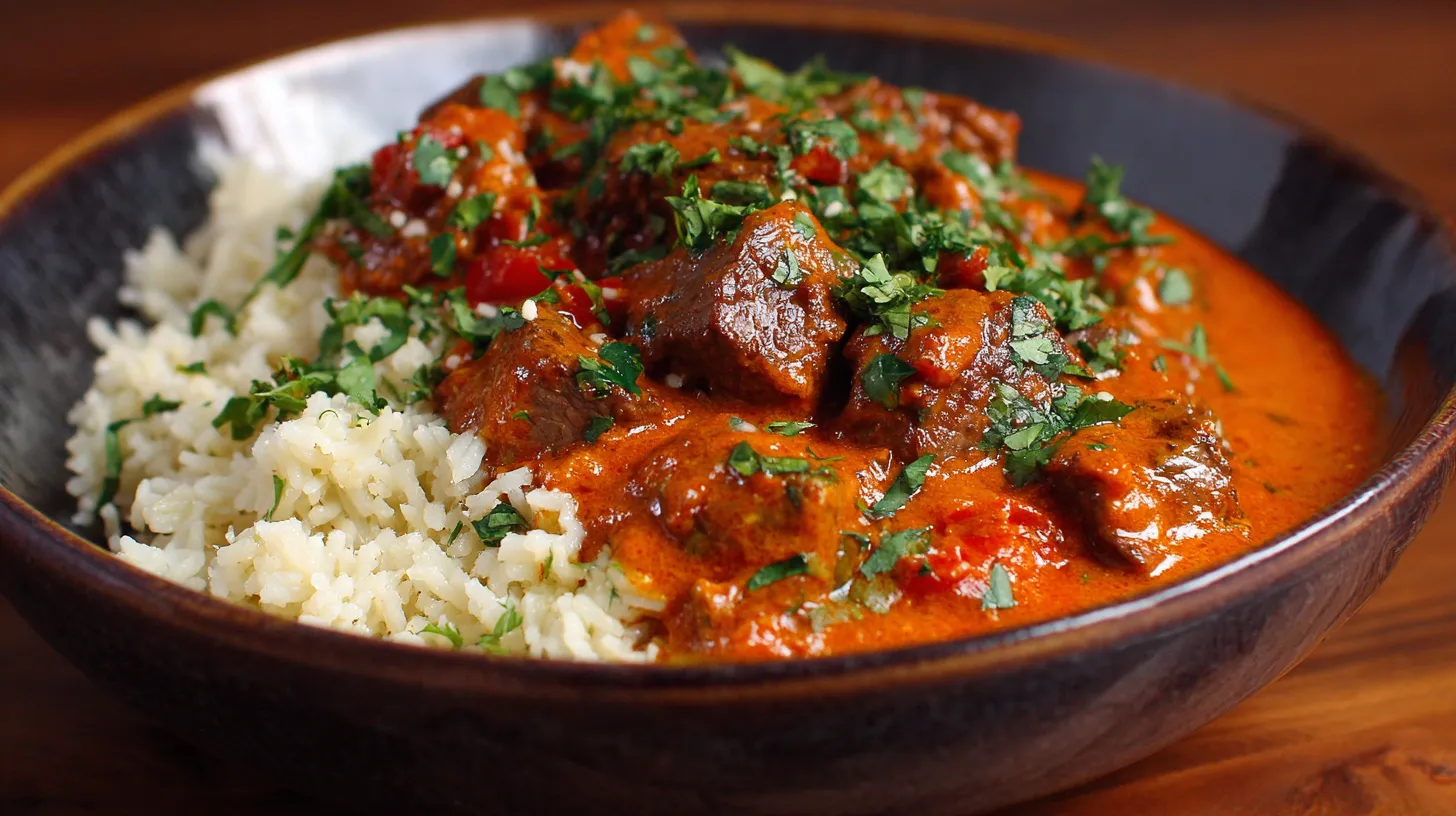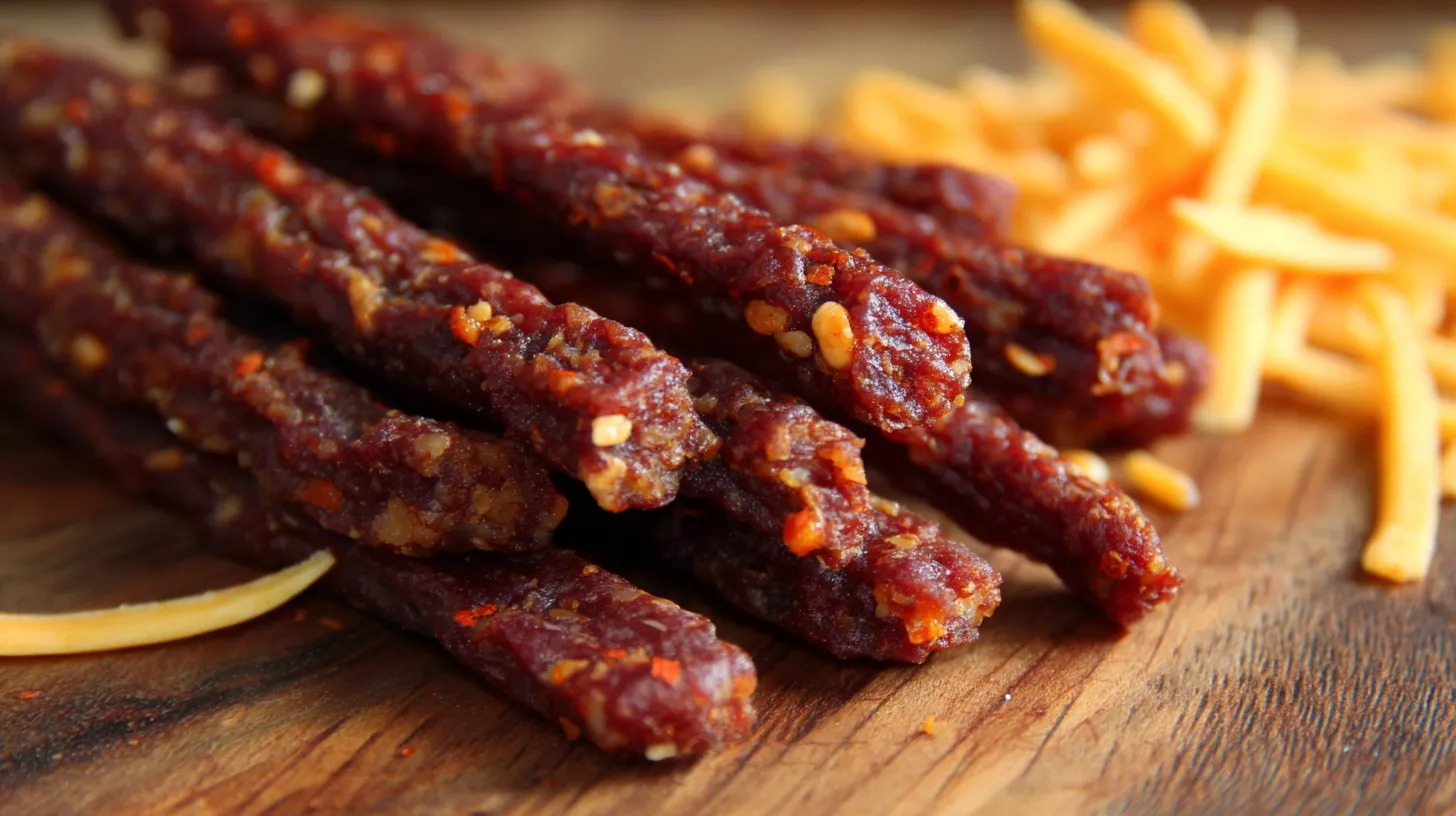Brioche, a staple in French cuisine, has gained global popularity for its rich, tender crumb and golden crust. Milk brioche, a variation of the traditional recipe, offers a unique texture and flavor, thanks to the addition of milk. This article will guide you through creating your own homemade milk brioche, a delightful treat that surpasses store-bought versions in freshness and taste.
For those interested in exploring different variations of brioche, consider checking out our Milk Brioche Rolls Recipe, which offers a unique twist on the classic brioche.
Ingredients and Equipment
Embarking on a baking adventure requires preparation, starting with the right ingredients and equipment. The quality of your ingredients directly influences the outcome of your baked goods, making it imperative to choose high-quality options. Below is a detailed list of essential ingredients and the corresponding equipment you’ll need to ensure your baking experience is both enjoyable and successful.
Ingredients List:
- All-Purpose Flour: The foundation of many baked goods, all-purpose flour provides structure. Opt for a reputable brand for consistent results.
- Eggs: Eggs are crucial for binding ingredients together and adding richness. Fresh, organic eggs are recommended for the best flavor.
- Whole Milk: The fat content in whole milk contributes to the moistness and richness of the bake. Ensure the milk is fresh and ideally at room temperature when used.
- Unsalted Butter: This adds flavor and tender texture to baked goods. Using unsalted butter allows you to control the salt level in your recipe.
- Granulated Sugar: A sweetener that also affects texture and color. Fine granulated sugar is preferred as it dissolves easily.
- Instant Yeast: Essential for bread recipes, instant yeast helps the dough rise. Make sure the yeast is fresh for optimal leavening.
- Salt: Enhances flavor and balances sweetness. A fine grain salt is ideal for even distribution throughout the dough.
For more on choosing the right ingredients, visit Baking Basics, which provides comprehensive insights on “Understanding the Basics of Baking.
Equipment List:
- Mixing Bowls: Various sizes for mixing dough and other ingredients.
- Measuring Cups and Spoons: For accurate measurement of ingredients, which is key in baking.
- Whisk and Spatulas: To mix and fold ingredients effectively.
- Baking Pans or Sheets: Depending on what you’re baking, you’ll need appropriate pans or sheets.
- Oven Thermometer: Ensures your oven is at the correct temperature, which is critical for baking success.
- Stand Mixer or Hand Mixer (optional but helpful): For ease in mixing doughs and batters.
- Digital Scale: For precise ingredient measurements, especially important for flour and sugar.
- Dough Scraper: Useful for handling and cutting dough.
- Parchment Paper or Silicone Baking Mats: For non-stick baking and easy cleanup.
- Cooling Rack: Allows baked goods to cool evenly without getting soggy.
With this comprehensive list of ingredients and equipment, you’re set to start your baking journey. Remember, precise measurements and following the recipe closely are the keys to achieving the best results. Happy baking!
Step-by-Step Recipe
- Warm the Milk: Heat the milk to about 110 degrees Fahrenheit. Be careful not to overheat as too hot can kill the yeast.
- Activate the Yeast: In a mixing bowl, combine the warm milk, sugar, and yeast. Stir gently, then let the mixture sit for about 5-10 minutes until it becomes frothy, indicating the yeast is active.
- Add Ingredients: To the yeast mixture, add the softened butter, eggs, flour, and salt.
- Mix the Dough: Use a dough hook attachment on a stand mixer. Start mixing on low speed to incorporate the ingredients, then increase to medium speed. Continue mixing until the dough is smooth and elastic, about 5-10 minutes. The dough should pull away from the sides of the bowl but still be slightly sticky.
First Rise:
- Let the Dough Rise: Transfer the dough to a lightly greased bowl, cover it with a clean kitchen towel or plastic wrap, and let it rise in a warm, draft-free area. Wait until it doubles in size, which usually takes about 1-2 hours.
Shaping the Brioche:
- Punch Down the Dough: After the first rise, gently punch down the dough to release any air bubbles.
- Divide and Shape: Divide the dough into desired sizes for loaves or rolls. Shape each piece smoothly, tucking ends under to create a neat loaf or round rolls.
Second Rise:
- Rise Again: Place the shaped dough into greased loaf pans or on a baking sheet. Cover and let them rise again in a warm area until they expand and fill the pans, or nearly double in size. This usually takes about 1 hour.
Baking the Brioche:
- Preheat Oven: Preheat your oven to 375 degrees Fahrenheit.
- Optional Egg Wash: For a shiny, golden crust, you can brush the tops of the brioche with an egg wash (1 egg beaten with 1 tablespoon of water) before baking.
- Bake: Place the pans in the oven and bake until the brioche is golden brown and sounds hollow when tapped, usually about 25-35 minutes depending on the size of your loaves or rolls.
- Cool: Remove the brioche from the oven and let it cool in the pans for about 10 minutes. Then, transfer to a wire rack to cool completely.
Serving and Storage
Serving Suggestions:
- Warm and Fresh: Brioche is best enjoyed warm. If it’s fresh from the oven, let it cool for a few minutes before slicing. Serve with a pat of butter which will melt deliciously into the warm bread.
- With Toppings: Spread your choice of jam, honey, or Nutella for a sweet treat. Brioche pairs wonderfully with fruit preserves due to its buttery and slightly sweet nature.
- Savory Options: For a savory twist, try it with creamy cheeses like Brie or Camembert, or use it to make a luxurious sandwich.
- Breakfast or Brunch: Brioche makes an excellent base for French toast. Its rich and tender crumb soaks up the egg mixture beautifully, creating a decadent breakfast.
- As a Snack: Simply toasted with a bit of butter and a sprinkle of cinnamon sugar can make for a delightful snack.
Storage Tips:
- Room Temperature Storage: Keep the brioche in an airtight container at room temperature. It should stay fresh for up to two days. Avoid storing it in the refrigerator as this can dry it out.
- Refrigerating for Longevity: If you need to store the brioche for longer, wrap it tightly in plastic wrap or place it in an airtight container and refrigerate. This method can extend its freshness for up to a week.
- Reheating: When you’re ready to eat, reheat the brioche in a 300-degree Fahrenheit oven for about 5-10 minutes, or simply toast slices for a quick warm-up. If it’s been refrigerated, letting it come to room temperature first or warming it slightly will revive its texture and flavor.
- Freezing for Long-Term Storage: Brioche freezes well. Wrap it securely in plastic wrap and then in foil. It can be stored in the freezer for up to 3 months. Thaw overnight at room temperature or in the refrigerator, then warm in the oven.
- Reviving Stale Brioche: If your brioche has started to go stale, it’s still perfect for making bread pudding, croutons, or breadcrumbs.

Troubleshooting and Tips for milk brioche recipe
Common Issues:
- Dense Dough:
- Yeast Activation: Make sure your yeast is fresh and active. If the yeast mixture doesn’t froth up, it might be expired or the milk might be too hot or too cold. Yeast thrives at around 110 degrees Fahrenheit.
- Kneading: Proper kneading is essential. Under-kneaded dough won’t develop enough gluten, leading to a denser loaf. Conversely, over-kneading can make the dough tough.
- First Rise: Ensure the dough has enough time to rise until it doubles in size. A warm, draft-free environment aids this process.
- Underbaking:
- Oven Temperature: An oven thermometer is vital as oven temperatures can be inaccurate. Brioche should be baked at a consistent 375 degrees Fahrenheit.
- Baking Time: Depending on the size of your loaf or rolls, baking times can vary. Look for a golden-brown crust and use the tap test (the bread should sound hollow when tapped).
Expert Baking Tips for milk brioche recipe:
- Perfect Milk Temperature: Use a kitchen thermometer to check the milk temperature before adding the yeast. Too hot, and it can kill the yeast; too cold, and it won’t activate properly.
- Quality of Ingredients: Use high-quality flour and fresh yeast. The quality of the ingredients can significantly affect the texture and flavor of the brioche.
- Room Temperature Ingredients: Ensure your eggs and butter are at room temperature to integrate more smoothly into the dough.
- Patience and Practice: Bread-making is an art that improves with practice. Each batch of brioche you make will teach you more about the feel and behavior of the dough.
- Dough Texture: The dough should be slightly sticky and soft, but not so sticky that it’s impossible to handle. If it’s too wet, add flour one tablespoon at a time.
- Gentle Handling During Shaping: Be gentle when shaping your brioche. Overworking the dough during the shaping stage can deflate it.
- Even Second Rise: During the second rise, ensure that the dough rises evenly. Uneven rising can lead to an irregular crumb structure.
- Cooling Time: Allow the brioche to cool down before slicing. Cutting into it while it’s too hot can cause it to become gummy or collapse.
Remember, the key to perfect brioche is balancing patience with practice, understanding your ingredients, and being attentive to the dough’s needs at every stage.
FAQs
What makes milk brioche recipe different from regular brioche?
- Milk Brioche: Milk brioche typically includes milk in the recipe, giving it a softer texture and richer flavor. It’s often a bit more tender and has a finer crumb.
- Regular Brioche: Traditional brioche recipes may rely more on eggs and butter for moisture and fat, which results in a slightly different texture and a more pronounced buttery flavor.
Can I use plant-based milk alternatives in brioche?
- Yes, you can use plant-based milk like almond, soy, or oat milk. Keep in mind that the type of milk can subtly affect the flavor and texture of the brioche. Ensure the alternative milk is unsweetened and unflavored.
How do I know when the brioche is fully baked?
- The brioche should have a deep golden-brown crust. Use a digital thermometer; the internal temperature should be about 190 degrees Fahrenheit. Additionally, it should sound hollow when tapped at the bottom.
Why did my brioche turn out dry?
- Dry brioche can result from overbaking, measuring flour incorrectly (too much flour), or not enough fat in the dough. Make sure to measure ingredients accurately and avoid overbaking.
Can brioche dough be made in advance?
- Yes, you can prepare the dough and let it have its first rise in the refrigerator overnight. This slow rise can actually enhance the flavor. Just bring it to room temperature before shaping.
Is it necessary to use a stand mixer?
- While a stand mixer with a dough hook makes the process easier, you can also make brioche by hand. It requires more effort to knead the dough to the right consistency.
How can I add flavors to my brioche?
- You can add various ingredients like citrus zest, chocolate chips, dried fruits, or nuts into the dough before the first rise for added flavor.
Can brioche dough be frozen?
- Yes, you can freeze brioche dough after the first rise. Wrap it tightly in plastic wrap and place it in a freezer bag. Thaw in the refrigerator overnight and then proceed with shaping and the second rise.
Why is my brioche not fluffy?
- This could be due to insufficient kneading, not allowing enough time for the dough to rise, or using old yeast that isn’t active enough. Ensure proper kneading, rising time, and fresh yeast for fluffy results.
How can I get a shiny crust on my brioche?
- Brush the top of the brioche with an egg wash (beaten egg with a bit of water or milk) before baking. This gives a shiny, golden finish to the crust.
Conclusion
Milk brioche, with its soft, cloud-like texture and rich flavor, is a delightful addition to any baker’s repertoire. By following these steps and tips, you’ll be well on your way to creating a perfect milk brioche recipe that’s sure to impress. Happy baking!
For more delicious baking recipes and tips, explore our comprehensive Classic Chocolate Chip Cookies Guide, perfect for those who love to combine their baking adventures with classic favorites.
Print
Milk Brioche Recipe: A Guide to Perfectly Soft and Fluffy Bread
Brioche, a staple in French cuisine, has gained global popularity for its rich, tender crumb and golden crust. Milk brioche, a variation of the traditional recipe, offers a unique texture and flavor, thanks to the addition of milk. This article will guide you through creating your own homemade milk brioche, a delightful treat that surpasses store-bought versions in freshness and taste.
- Total Time: 3 hours 15 minutes (Prep Time + Rise Time + Cook Time)
- Yield: 1 loaf or 12 rolls
Ingredients
- All-purpose flour
- Eggs
- Whole milk
- Unsalted butter
- Granulated sugar
- Instant yeast
- Salt
Instructions
Preparing the Dough
- Warm the milk to about 110 degrees Fahrenheit. Mix it with sugar and yeast, and let it sit until frothy.
- Add softened butter, eggs, flour, and salt to the yeast mixture.
- Mix using a dough hook on low speed, then increase to medium until the dough is smooth.
First Rise
- Let the dough rise in a warm area until it doubles in size, about 1-2 hours.
Shaping the Brioche
- After the first rise, punch down the dough, divide it, and shape it into loaves or rolls.
Second Rise
- Allow the shaped dough to rise again until it expands and fills the pan.
Baking the Brioche
- Bake in a preheated oven at 375 degrees Fahrenheit until golden brown.
Notes
- Common Issues:
- Dense dough: Ensure proper yeast activation.
- Underbaking: Use an oven thermometer to check the temperature.
- Expert Baking Tips:
- Ensure the milk temperature is just right for yeast activation.
- Practice makes perfect, especially in bread-making.
- Prep Time: 20 minutes
- Cook Time: 25 minutes
- Category: Baking
- Method: Baking
- Cuisine: French
- Diet: Vegetarian
Nutrition
- Serving Size: 1 slice (if loaf is divided into 12 equal parts)
- Calories: Approximately 230 kcal
- Sugar: 5g
- Sodium: 200mg
- Fat: 8g
- Saturated Fat: 4.5g
- Unsaturated Fat: 2.5g
- Trans Fat: 0g
- Carbohydrates: 34g
- Fiber: 1g
- Protein: 6g
- Cholesterol: 35mg
Keywords: milk-enriched brioche, soft brioche loaf, brioche baking guide





